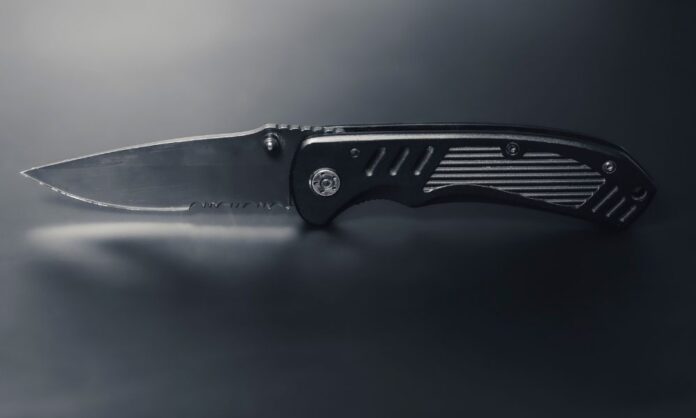College campuses aren’t always the safest places. Even though your school takes many precautions to keep students safe, people like the peace of mind that they can protect themselves if needed. Carrying a self-defense knife can be useful and even comforting to many people. If you’d like to know more, we’ve compiled some tips for concealing a knife for self-defense so you can protect yourself if need be.
Choose the Right Knife
One of the most critical aspects of concealing a knife for self-defense is choosing the right one. A compact, lightweight knife with a concealed blade is your best bet. Pocket knives have some pros and cons to be aware of; you can conceal a small fixed blade if you prefer. Regardless of the knife you choose, it should be made of high-quality materials and have a secure grip.
Select a Suitable Concealment Method
The next step is to determine the best concealment method for your knife. You can hide a knife for easy access in a few ways; what works for one person may not be ideal for another. Pocket carry, waistband concealment, and ankle carry are common methods of knife concealment, and each has advantages and challenges. Carefully consider your daily activities, clothing preferences, and comfort level when selecting a method.
Practice Accessing Your Knife Quickly and Safely
Once you’ve chosen a knife and a concealment method, practice accessing your weapon quickly and safely. A knife won’t do you any good in an emergency if you can’t get it in time or fumble while drawing it. Make sure you can open the blade (if it’s a folding knife) and get a secure grip within seconds. Familiarize yourself with the safest and most efficient way to draw your knife, and practice regularly to ensure you can do it under pressure.
Be Discreet and Mindful of Local Laws
When concealing a knife for self-defense, be discreet and mindful of local laws regarding carrying a weapon. Your city or college might have unique regulations regarding the legal length of a knife blade, as well as which types you can carry in a concealed manner. Make sure you’re aware of the laws in your area to avoid any legal issues.
Invest in a Quality Holster or Sheath
A quality holster or sheath is the final thing you should consider getting. A good holster will keep your knife secure and concealed while allowing for quick and easy access in an emergency. Look for a holster or sheath made of durable materials, like leather, that offer a secure fit and provide various carry methods. Investing in a quality carry solution will ensure your safety and prolong the life of your knife so you can use it for self-defense for a long time.








